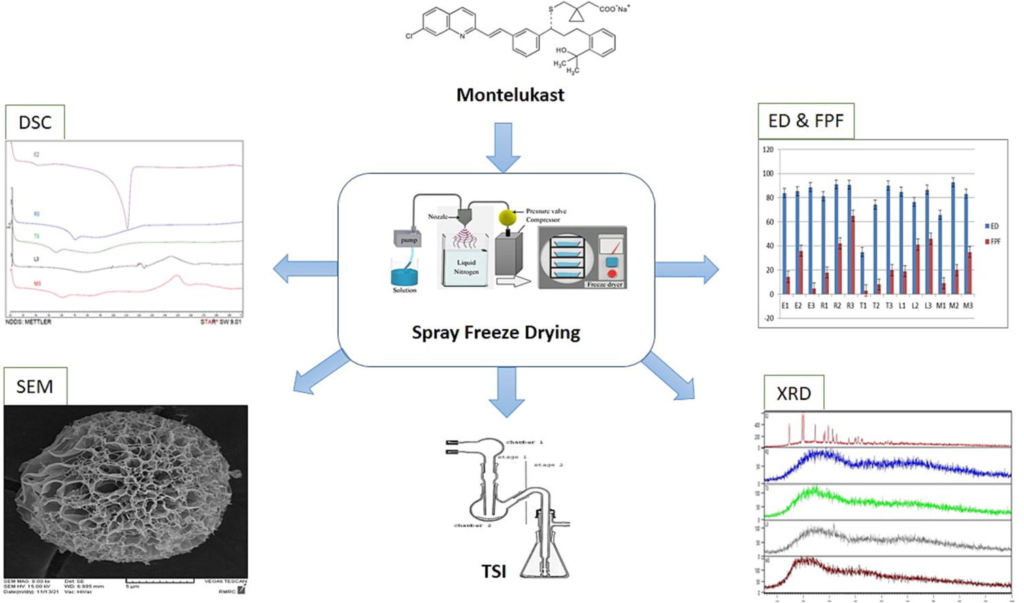Long-term administration of intravenous Trappsol® Cyclo™ (HP-β-CD) results in clinical benefits and stabilization or slowing of disease progression in patients with Niemann-Pick disease type C1: Results of an international 48-week Phase I/II trial
Long-term administration of intravenous Trappsol® Cyclo™ (HP-β-CD) results in clinical benefits and stabilization or slowing of disease progression in patients with Niemann-Pick disease type C1: Results of an international 48-week Phase I/II trial.
Niemann-Pick disease type C (NPC) is a rare, fatal, pan-ethnic, autosomal recessive lysosomal storage disease characterized by progressive major organ failure and neurodegeneration. Preclinical studies confirmed the critical role of systemically administered hydroxypropyl-β-cyclodextrin (HP-β-CD; Trappsol® Cyclo™) in cholesterol metabolism and homeostasis in peripheral tissues of the body, including the liver, and in the central nervous system (CNS). Herein, the pharmacokinetics (PK), safety, and efficacy of HP-β-CD and biomarkers of NPC were assessed in pediatric and adult patients with NPC1.
Cyclo Therapeutics, Inc. – Caroline Hastings, Sharon Hrynkow et al










